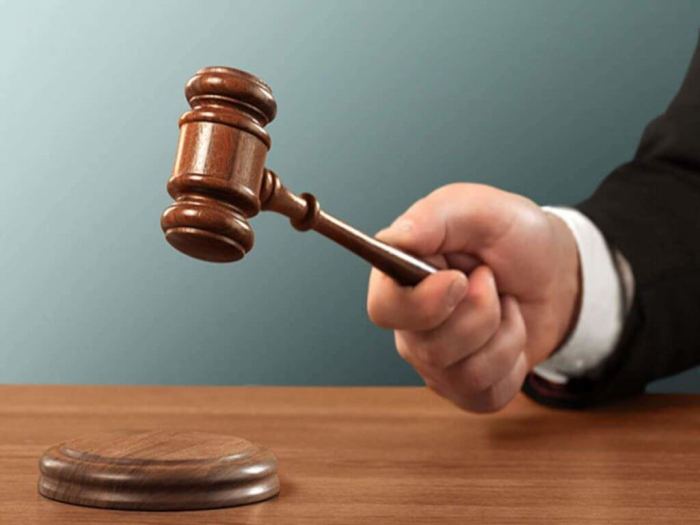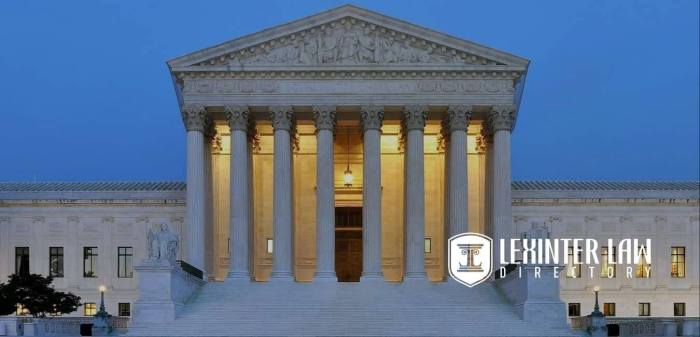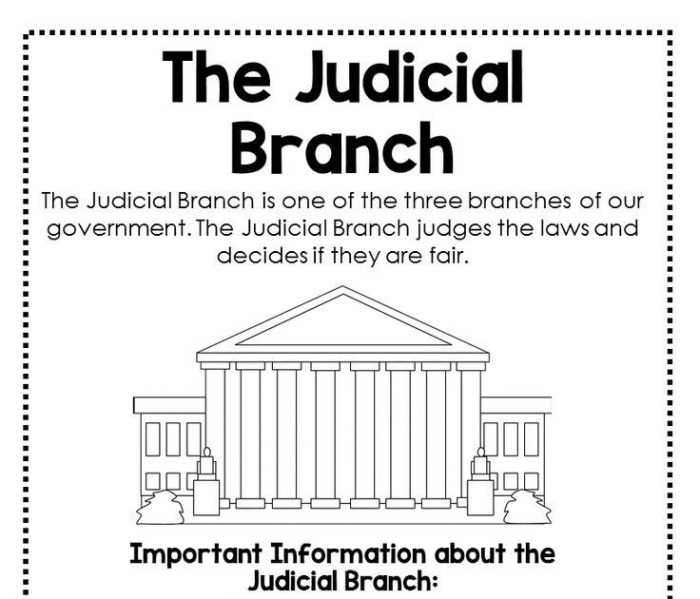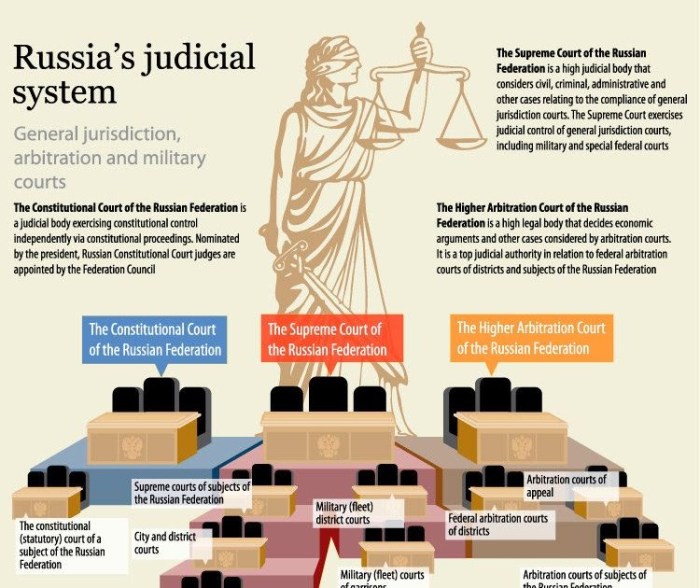Judicial Branch in a Flash takes you on an illuminating journey through the world of law and justice, unraveling the intricate workings of the branch that interprets laws and adjudicates disputes.
From its historical roots to its multifaceted functions and the significance of judicial independence, this comprehensive guide sheds light on the judicial branch’s profound impact on society.
Definition and Overview

The judicial branch is an integral part of a government, responsible for interpreting and applying laws, and resolving legal disputes. It ensures justice and fairness within a society.The development of the judicial branch can be traced back to ancient civilizations, where rulers and religious leaders often held judicial powers.
Over time, specialized courts and systems emerged to handle legal matters independently.
Structure and Organization
The judicial branch is organized into a hierarchical structure, with courts and tribunals arranged in ascending order of authority. The lowest level typically consists of local or municipal courts, which handle minor offenses and disputes. Above these are state or provincial courts, which have jurisdiction over more serious crimes and civil matters.
At the apex of the judicial system is typically a supreme court or constitutional court, which has the final say on matters of law and can overturn decisions made by lower courts.Judges and other judicial officers play a crucial role in the judicial branch.
Judges are responsible for presiding over cases, hearing evidence, and issuing rulings. They must be impartial and follow the law, ensuring that justice is served fairly and equitably. Other judicial officers, such as magistrates and court clerks, assist judges in their duties and ensure the smooth functioning of the courts.
Roles and Responsibilities of Judges
Judges have a wide range of responsibilities, including:
- Presiding over trials and hearings
- Hearing evidence and determining the facts of a case
- Interpreting and applying the law to the facts of the case
- Issuing rulings and judgments
- Ensuring that justice is served fairly and impartially
- Maintaining order and decorum in the courtroom
Roles and Responsibilities of Other Judicial Officers
Other judicial officers, such as magistrates and court clerks, play important roles in supporting judges and ensuring the efficient operation of the courts. Their responsibilities may include:
- Assisting judges with legal research and drafting court documents
- Scheduling hearings and trials
- Maintaining court records and files
- Providing administrative support to judges and the court system
Functions and Powers

The judicial branch is responsible for interpreting laws and resolving disputes. It ensures that the laws are applied fairly and consistently, protecting the rights of individuals and upholding the rule of law.
The judicial branch, the arbiter of justice, ensures a fair and impartial legal system. Yet, amidst the weighty matters of law, there’s room for poetic interludes. Take, for instance, poem 20 by Pablo Neruda , a testament to the power of love and the fragility of human existence.
Returning to the realm of the judiciary, the judicial branch remains a beacon of hope, upholding the rule of law and protecting the rights of all.
One of the most important powers of the judicial branch is judicial review. This power allows courts to review the actions of the other branches of government and determine whether they are constitutional. If a court finds that an action is unconstitutional, it can strike it down.
Judicial Review
Judicial review is a critical check on the power of the other branches of government. It helps to ensure that the government does not overstep its authority and that the rights of individuals are protected.
The power of judicial review was established in the case of Marbury v. Madison(1803). In this case, the Supreme Court ruled that it had the authority to review the actions of the other branches of government and to strike down any actions that were unconstitutional.
Judicial review is a powerful tool that has been used to protect the rights of individuals and to ensure that the government does not overstep its authority.
Independence and Impartiality
Judicial independence and impartiality are fundamental principles in any fair and just legal system. An independent judiciary, free from political or other improper influences, is crucial for upholding the rule of law and protecting individual rights. Impartiality, on the other hand, ensures that judges make decisions based solely on the law and evidence presented in court, without bias or prejudice.
Mechanisms for Ensuring Integrity and Fairness
To safeguard the integrity and fairness of the judicial process, several mechanisms are in place:
Judicial Tenure
Judges are often appointed for life or for a fixed term, ensuring their independence from political pressures or the fear of being removed for unpopular decisions.
Financial Independence
The judiciary is typically provided with a separate budget and control over its own finances, ensuring that it is not subject to financial manipulation or coercion.
Codes of Conduct
Judges are bound by ethical codes that prohibit conflicts of interest, political involvement, and improper conduct, promoting impartiality and accountability.
Judicial Review
Courts have the power to review the actions of other branches of government, ensuring that they comply with the law and do not infringe upon individual rights.
Jury System
In many cases, juries composed of ordinary citizens are used to decide the facts of a case, further ensuring impartiality and preventing any single judge from having undue influence on the outcome.
Impact on Society: Judicial Branch In A Flash
The judicial branch wields immense influence on societal and political development, shaping the very fabric of our lives.
Landmark cases serve as catalysts for profound social change, establishing legal precedents that guide future decisions and impact generations to come.
Landmark Cases Shaping Society
Consider the landmark case of Brown v. Board of Education(1954), which overturned the “separate but equal” doctrine and paved the way for racial integration in schools. This pivotal ruling played a transformative role in the fight for civil rights and equality in the United States.
Another notable case is Roe v. Wade(1973), which established the constitutional right to abortion. This highly controversial decision has sparked ongoing debates and shaped public discourse on reproductive rights.
Comparative Perspectives

The judicial branch is a fundamental component of any legal system, but its structure, functions, and impact can vary significantly across different countries and legal systems. Comparative perspectives on the judicial branch offer valuable insights into the strengths, weaknesses, and unique characteristics of different approaches to justice.By
comparing judicial branches, we can identify commonalities and differences in their structure, such as the number and composition of courts, the appointment and removal processes for judges, and the role of juries. We can also examine variations in their functions, including the types of cases they handle, the procedures they follow, and the remedies they can grant.
Similarities and Differences in Structure
One common feature of judicial branches in many countries is the hierarchical structure, with lower courts handling less complex cases and higher courts reviewing decisions and handling more significant matters. However, there are also variations in the number of levels in the judicial hierarchy and the specific roles assigned to each level.For
example, in the United States, the federal court system consists of three levels: district courts, circuit courts of appeal, and the Supreme Court. In contrast, the judicial system in England and Wales has a more complex structure with several levels of courts, including magistrates’ courts, county courts, and the High Court, Court of Appeal, and Supreme Court.
Similarities and Differences in Functions
Judicial branches also share common functions, such as resolving disputes, interpreting laws, and enforcing legal rights. However, there are differences in the specific types of cases that courts handle and the procedures they follow.In some countries, courts have a broad jurisdiction and can hear a wide range of cases, including civil, criminal, and administrative matters.
In other countries, the jurisdiction of courts is more limited, and specialized courts handle specific types of cases, such as family law or commercial disputes.Procedural differences also exist, with some countries following adversarial systems where opposing parties present their cases to a judge or jury, while others follow inquisitorial systems where the judge plays a more active role in investigating the facts and questioning witnesses.
Similarities and Differences in Impact
The impact of the judicial branch on society varies depending on the country and legal system. In some countries, courts play a central role in shaping public policy and protecting individual rights. In others, the judiciary may have a more limited role, with other branches of government or social institutions having a greater influence on decision-making.For
example, in the United States, the Supreme Court has the power to declare laws unconstitutional, which has had a significant impact on American society and the development of legal rights. In contrast, in some other countries, the judiciary may have less power to review and overturn legislation passed by the legislature.
Current Issues and Challenges

The judicial branch faces several contemporary issues and challenges that impact its efficiency, effectiveness, and public perception.
One significant challenge is the increasing caseload and backlog of cases in many jurisdictions. This can lead to lengthy delays in the resolution of disputes, undermining the timely administration of justice and potentially affecting the rights of individuals and businesses.
Case Backlog and Delay, Judicial branch in a flash
- Overcrowded dockets can result in extended wait times for trials and hearings, creating a burden on the court system and parties involved.
- Delays can erode public trust in the judiciary and create a perception of inefficiency, which may discourage individuals from seeking legal remedies.
- The backlog can also strain court resources, leading to overworked judges and staff, potentially affecting the quality of justice dispensed.
Question Bank
What is the primary function of the judicial branch?
Interpreting laws and resolving disputes.
What is judicial review?
The power of courts to declare laws or government actions unconstitutional.
Why is judicial independence important?
To ensure impartial and fair rulings, free from political or other external influences.